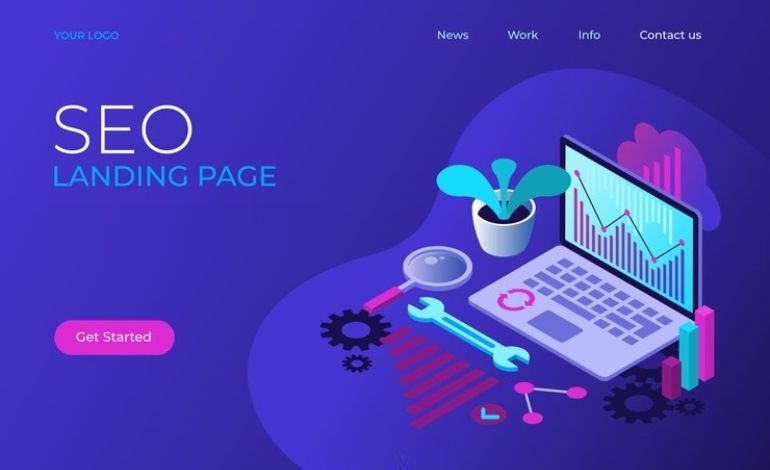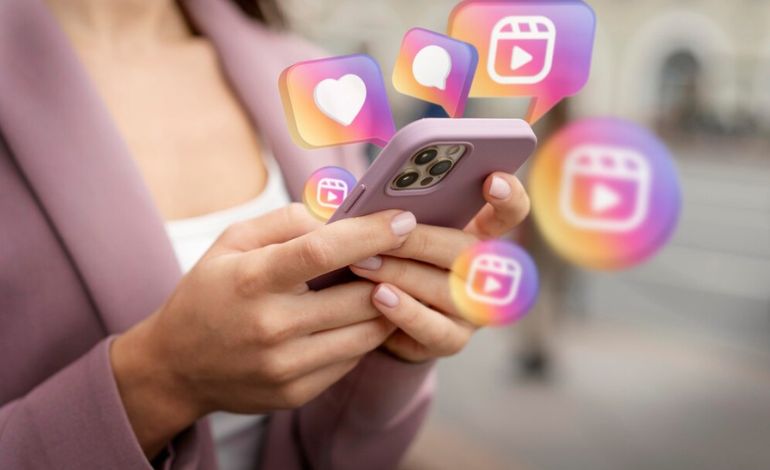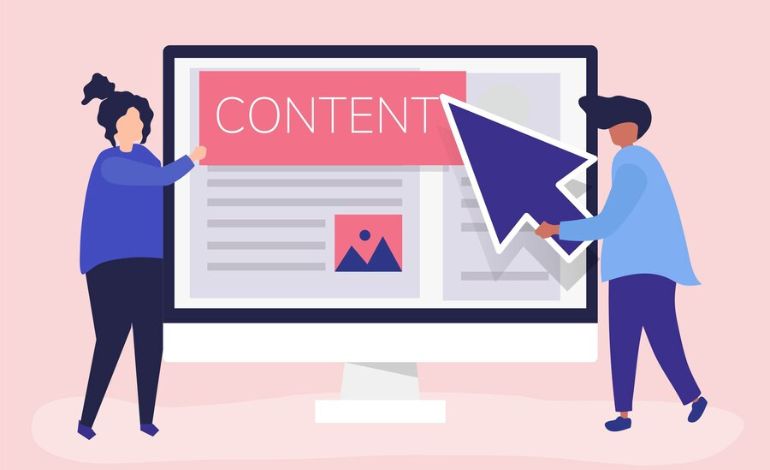In today’s digital battlefield, websites fight to attract visitors. But the true victory lies in converting those visitors into loyal customers or enthusiastic subscribers. Landing pages are your targeted warriors, designed to capture leads and drive specific actions.
But just like any warrior, a landing page needs the right tools to succeed. That’s where landing page SEO comes in – the art of optimising your page for search engines so potential customers can find you and be captivated by your offering.
Here’s your comprehensive guide to landing page SEO tips –
1. Unmasking Search Intent through Keyword Research:
Keyword research is the cornerstone of any sound SEO strategy, and landing pages are no exception. However, for landing pages, it’s crucial to go beyond just high-volume keywords and delve into the heart of the matter – user intent. What drives potential customers to search for your product or service? Are they seeking to purchase, learn more, or perhaps download a valuable resource?
2. Crafting Headlines & Meta Descriptions:
Headlines and meta descriptions are the landing page’s opening act, the first impression that grabs search engines and potential customers alike. Make sure it’s a showstopper!
Headlines: Keep it clear, concise, and benefit-oriented. Tell users exactly what they’ll gain by taking action on your page. Use strong verbs and keep it under 60 characters for optimal search engine display.
Meta Descriptions: Aim for 155-160 characters and naturally integrate your target keywords. Entice users to click through by highlighting the unique value proposition of your landing page and piquing their curiosity.
3. Speak Directly to Your Audience’s Needs
Once a visitor clicks through, high-quality content becomes the king and queen of engagement, ultimately driving conversions. Here’s what your content should encompass:
A Crystal-Clear Value Proposition: Articulate the unique benefit your product or service offers. What problem does it solve for your target audience? What value will they gain by converting?
Targeted Benefits: Don’t just list features; focus on the benefits those features provide. How will your offer enhance the lives of your audience?
Credibility Boosters: Include social proof elements like testimonials, case studies, or logos of trusted brands to build trust and establish your expertise.
4. Prioritise Mobile Optimization:
With mobile browsing dominating internet usage, optimising your landing page for mobile devices is no longer an option, it’s a necessity. Here are some key considerations:
Responsive Design: Ensure your landing page adapts seamlessly to any screen size, from desktops to smartphones.
Fast Load Time: Mobile users are impatient. Optimise images, minimise code, and leverage caching to ensure your landing page loads quickly on all devices.
Clear CTAs: Your call to action (CTA) button should be prominent, easy to find, and mobile-friendly. Use action verbs and contrasting colours to make it stand out.
5. Leverage Images and Videos that Captivate:
People are visual creatures. High-quality, relevant images and videos can significantly enhance your landing page’s impact and engagement.
Use high-resolution visuals but optimise file size to avoid slow loading times.
Showcase your product or service in action.
Include human faces to build trust and emotional connection.
6. A/B Testing:
The best way to optimise your landing page for conversions is through A/B testing. This involves creating variations of your page and testing them on real users to see which version performs better.
Run A/B tests on different elements like headlines, CTAs, content layouts, and even image choices. By iterating and refining based on data, you’ll continuously improve your landing page’s effectiveness and maximise conversion rates.
7. Remember to Optimise Images:
While text is easy for Google and other search engines to interpret, visual aspects on a landing page can be trickier to understand. But by optimising a few crucial details associated with your images.,you can close the gap. Keep in mind that users also browse the picture tab in search results, therefore optimising images can greatly improve your SEO.
Here’s how to improve the images on your landing pages:
Descriptive File Names: Give your files names that accurately explain the substance of the image, such as “image001.jpg,” as opposed to using generic names. For search engines, “landing-page-conversion-funnel.jpg” is significantly more instructive.
Alt Text: For people who are blind or visually challenged, alt text is a quick description that appears when a picture fails to load. Naturally include relevant keywords in the alt text, but give priority to providing a clear and concise explanation of the image’s content.
8. Keep Forms Simple and User-Friendly:
Most landing pages have forms for users to fill out since they are meant to encourage lead generation. In exchange for their information, users typically receive a valuable digital asset – an ebook, a contest entry, or access to a special offer. However, landing page visitors are often impatient, and filling out forms isn’t exactly their favourite activity.
By following these comprehensive landing page SEO tips, including consulting with an SEO company in Mumbai, you’ll be well on your way to crafting magnetic landing pages that attract, engage, and convert your ideal customers. Remember, a successful landing page is a well-oiled machine, with each element working in harmony to drive conversions. So, put these tips into action, unleash the conversion power of your landing pages, and watch your business thrive!









